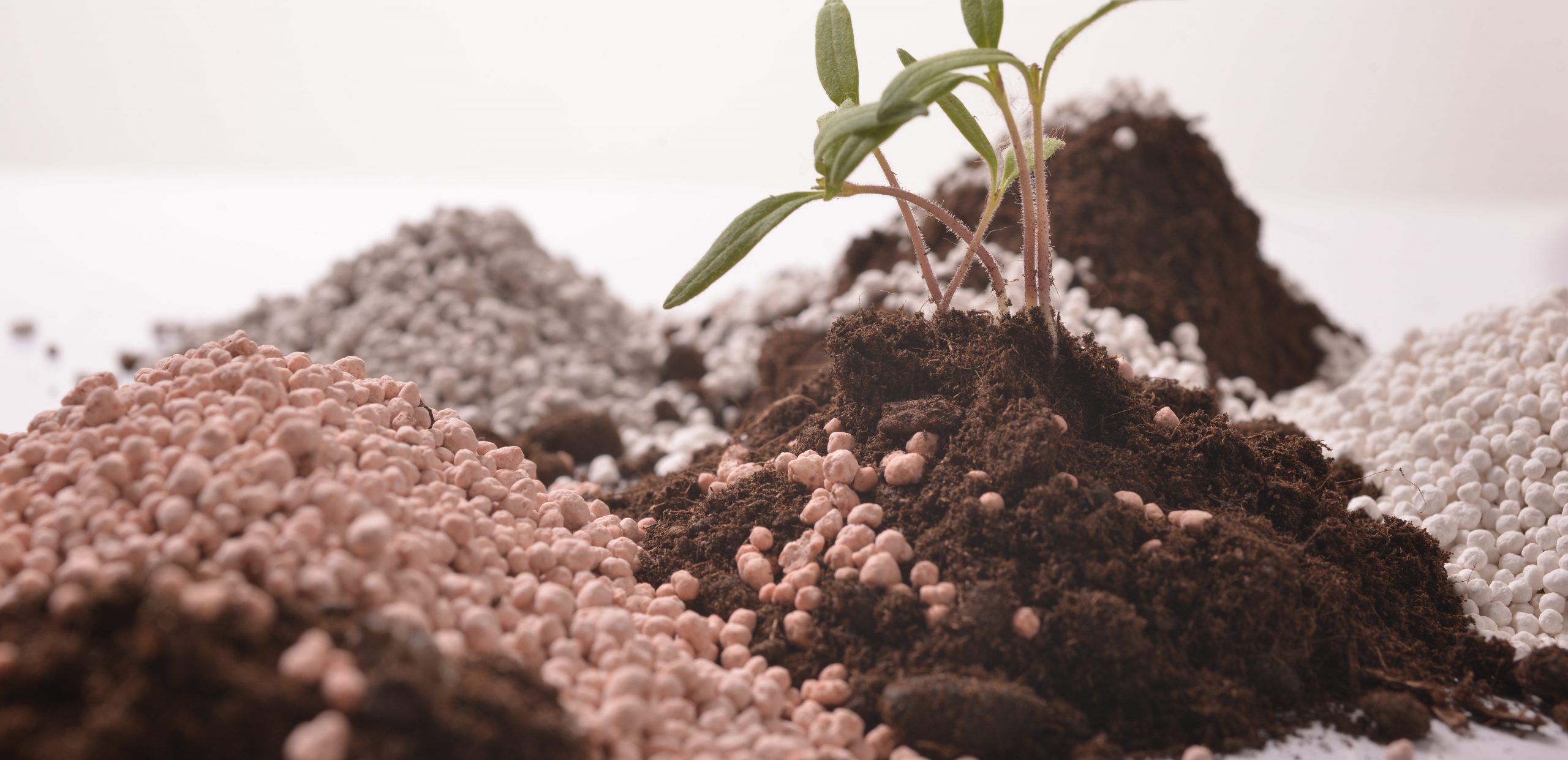Calcium Chloride Production Process
Calcium chloride has many applications in various industries. Here are some of them.
As an ice and snow thawer (calcium chloride is preferably used for this purpose due to the harmful effects of sodium chloride on plants and the better efficiency of calcium chloride at very low temperatures).
As an additive to liquids, supplement oil wells to increase density
Consolidate finished oil wells with cement for concrete acceleration
Addition to drilling mud to reduce swelling of petroleum
The use of highway infrastructure, which stabilizes the road and its soil sides by maintaining moisture and thereby increasing soil compaction.
Prevent dust formation by absorbing air moisture
Control snow and ice on the surface of the passages with melting snow and ice
First, live lime enters the factory lime storage silos with a purity of more than 5%, and then the live lime enters the slaker reactor with the required amount of silo feeder. In this reactor, calcium oxide reacts with brackish water and lime is produced.
The final brine, received from the K4 pool overflow and transported to the storage tank at the plant, reacts in a separate reactor with the lime produced in the previous step, during which the reaction produces pure calcium chloride and impure magnesium hydroxide. The overflow of the reaction in the reactor enters the ticker to precipitate magnesium hydroxide, then the bottom of the ticker enters the filter and at this stage magnesium hydroxide is produced as a cake with 2% moisture. The filtrate filter solution, which is pure calcium chloride, also enters the condensation portion.
The purified calcium chloride solution enters the evaporator after passing through the two scrubbers and absorbs the dust produced by the drive unit and, after heat exchange, part of the steam evaporates after heat exchange with steam from the boiler. In order to achieve a suitable concentration, the concentrated solution of calcium chloride is sent from the lower part of the evaporator to the top of the evaporator and part of the solution having the necessary concentration is sent to the spray drive for drying.
The concentrated solution of calcium chloride is sent to the spray drive. With the heat generated by the fan and the air blown by the fan, the water in the evaporation solution and the aqueous calcium chloride product are powdered by a screw converter equipped with a product cooling system after packing into the 1 and 2 kg or 2 kg bags. It becomes toned.


